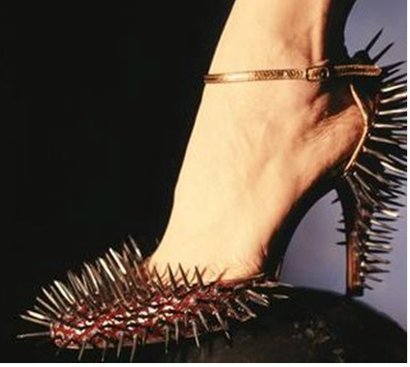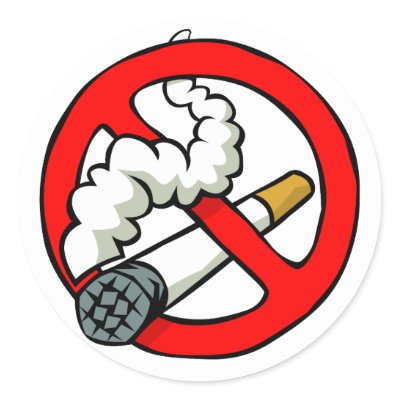Nail Fungus, otherwise known as Onychomycosis, causes fingernails or toenails to thicken, discolor, disfigure, and split. At first, onychomycosis appears to be only a cosmetic concern. Without treatment, however, the toenails can become so thick that they press against the inside of the shoes, causing pressure, irritation, and pain.
 Half of all nail disorders are caused by onychomycosis, and
it is the most common nail disease in adults. Toenails are much more likely to
be infected than fingernails. The incidence of onychomycosis has been
increasing and is related to diabetes, a suppressed immune system, and
increasing age. Adults are 30 times more likely to have onychomycosis than
children. In fact, only 2.6% of children younger than 18 years are reported to
have it, but as many as 90% of elderly people have onychomycosis. Why do
toenails thicken as we age you ask? With age there is a rapid decrease in the
growth rate for both toenails and fingernails.
As a result both kinds of nail thicken because of the piling up of nail
cells.
Half of all nail disorders are caused by onychomycosis, and
it is the most common nail disease in adults. Toenails are much more likely to
be infected than fingernails. The incidence of onychomycosis has been
increasing and is related to diabetes, a suppressed immune system, and
increasing age. Adults are 30 times more likely to have onychomycosis than
children. In fact, only 2.6% of children younger than 18 years are reported to
have it, but as many as 90% of elderly people have onychomycosis. Why do
toenails thicken as we age you ask? With age there is a rapid decrease in the
growth rate for both toenails and fingernails.
As a result both kinds of nail thicken because of the piling up of nail
cells.
Other factors that can affect the rate of thickening include
long-term trauma and impaired circulation. Peripheral Arterial Disease, which
impairs circulation, most often affects the feet can also cause thickened,
brittle nails that can often be confused with nail fungus, or simultaneously
associate with onychomycosis and its effects.
Nail fungus can be treated in many ways. The most common
treatments are topical antifungals that can be painted on the nail like nail
polish, which penetrate the nail directly, and get directly to the fungus. There are many over the counter liquid
remedies over the counter, but for the best outcome to onychomycosis, the best
treatment for it is prescription strength such as CNL-8, Onychol, or Formula3
to name a few.
Other treatments include prescriptions like Lamisil, which
are a medicine that you can take orally that gets to the fungus by going
through the bloodstream and killing the fungus internally.
A new treatment that has just recently came to light, is the
state-of-the-art Laser that treats many different disorders, including warts
and plantar faciitis. The laser is
painless and there is no anesthesia needed for nail treatment. Nail lasers are
very effective but sometimes costly.
With the laser, there are no side effects and no need for any drugs.
With it, sometimes there is a need for more than one treatment to rid of the
pesky fungus.
If you have any problems with your nails or notice any
discoloration or thickening of your nails, call your podiatrist right away so
they can find the best treatment for your problem, because remember, “if your
feet hurt, you hurt all over!”











